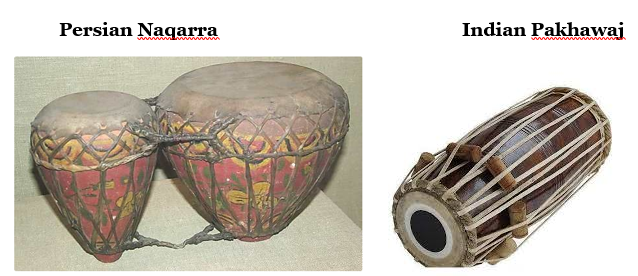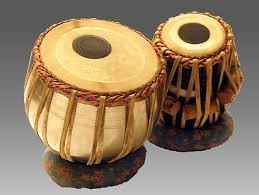7667766266
enquiry@shankarias.in
Recently, the death of Ustad Zakir Hussain provided an occasion for the reopening of debates among the origins and evolution of the tabla.
Dhrupad, a form of Indian Classical music, its origin can be traced back to the chanting of vedic hymns and mantras. It is a form of the Gandharva Veda, the Vedic science of music, which is a branch of Sama Veda.

|
Khayal |
|
Amir Khusrau was patronised by Sultan Alauddin Khalji (1296-1316) of Delhi.
Muhammad Shah was an aesthete, and a great patron of music and the other arts, because of which he was referred to as “Rangeela”, the Colourful.

Reference
The Indian Express| Evolution of the Tabla and its Various Gharanas